HP ProLiant SL2x170z G6 review
HP is the first of the blue-chips to move into the multi-node server market and in this exclusive review we see whether it sets the standard for the rest to follow.
The SL6000 family offers an interesting alternative for businesses that don’t want to invest in blade servers. It consumes far less power than a quartet of standalone servers and provides a high processing density for racks although the nodes could do with SFF drive support to provide storage redundancy.

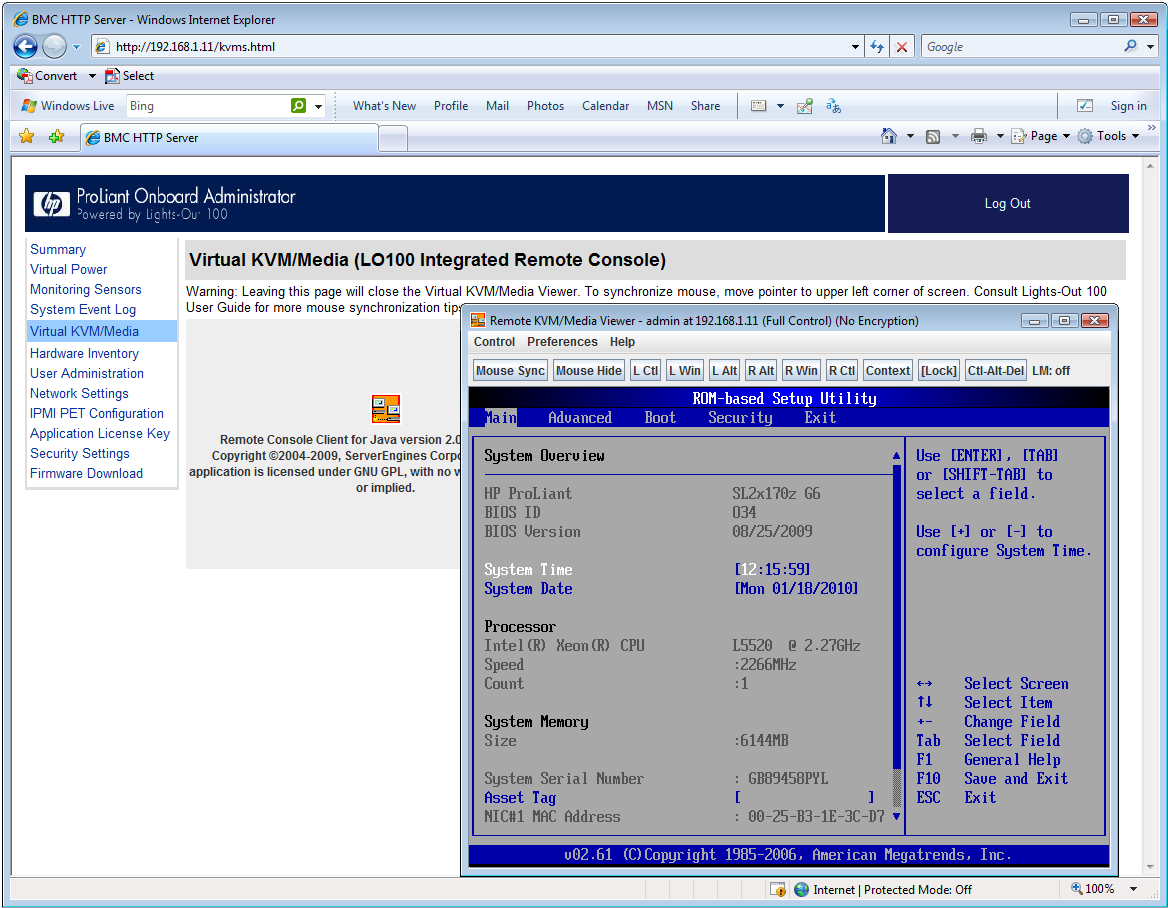
HP ProLiant SL2x170z G6
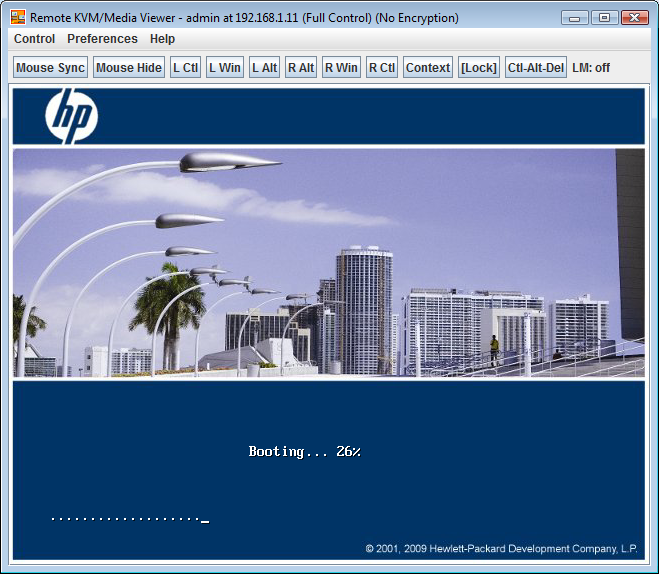
HP ProLiant SL2x170z G6
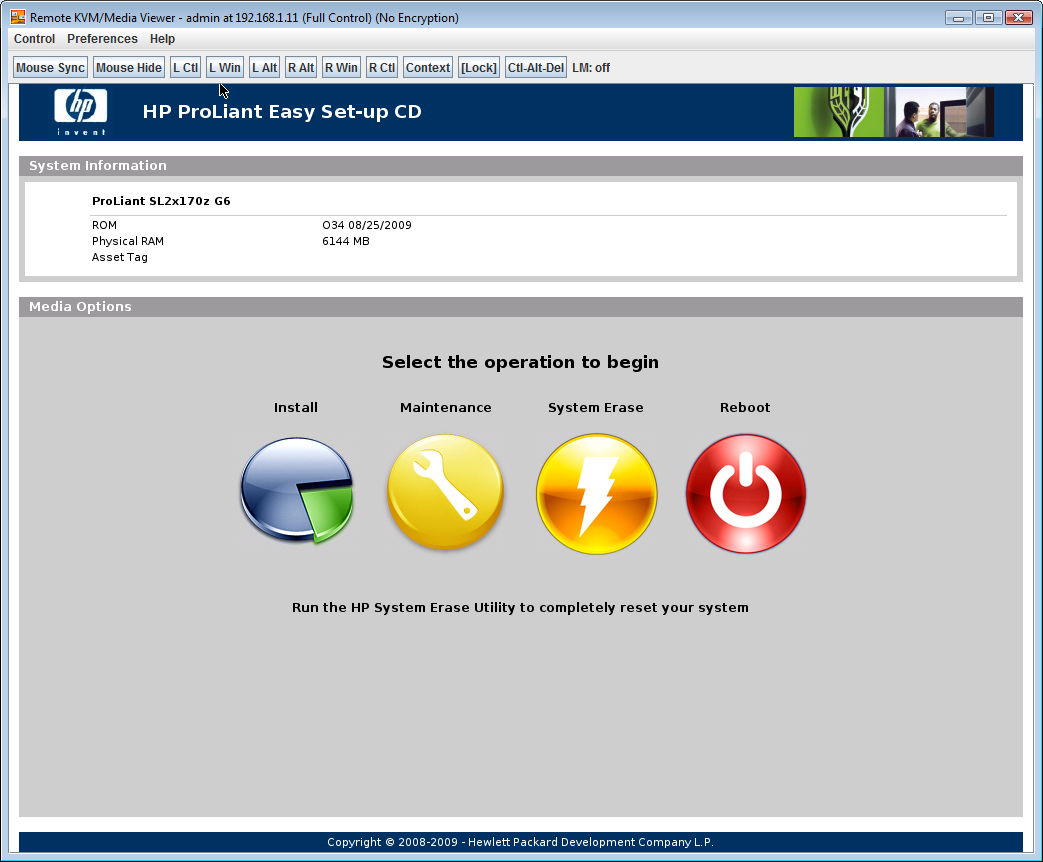
HP ProLiant SL2x170z G6
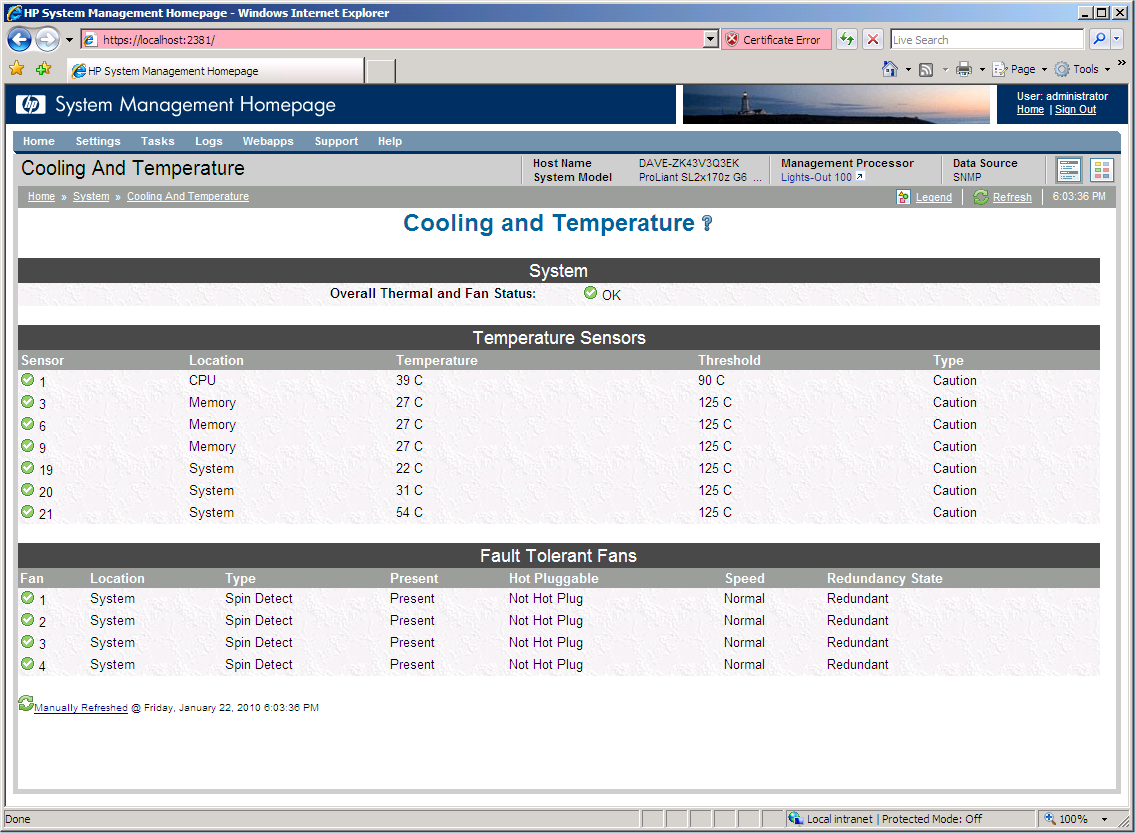
HP ProLiant SL2x170z G6
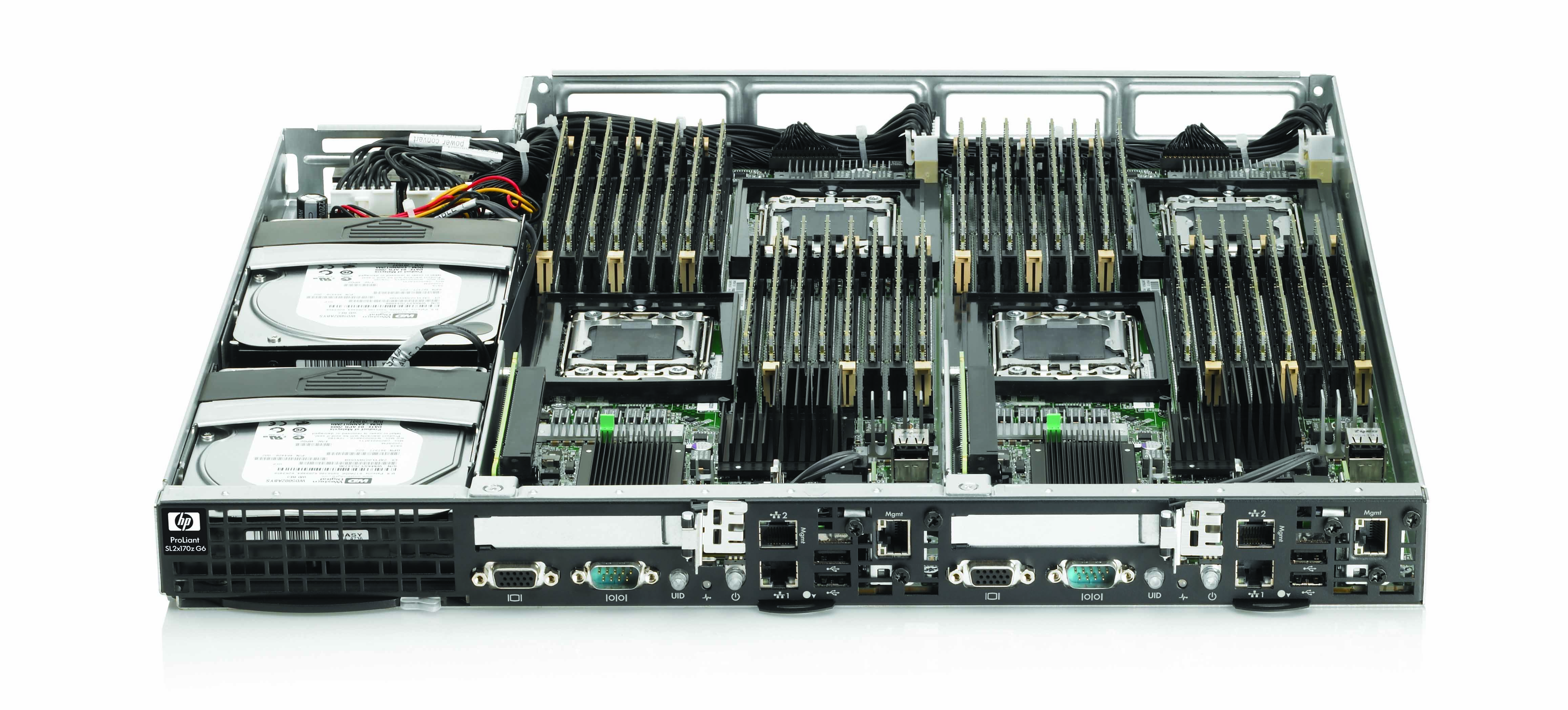
HP ProLiant SL2x170z G6
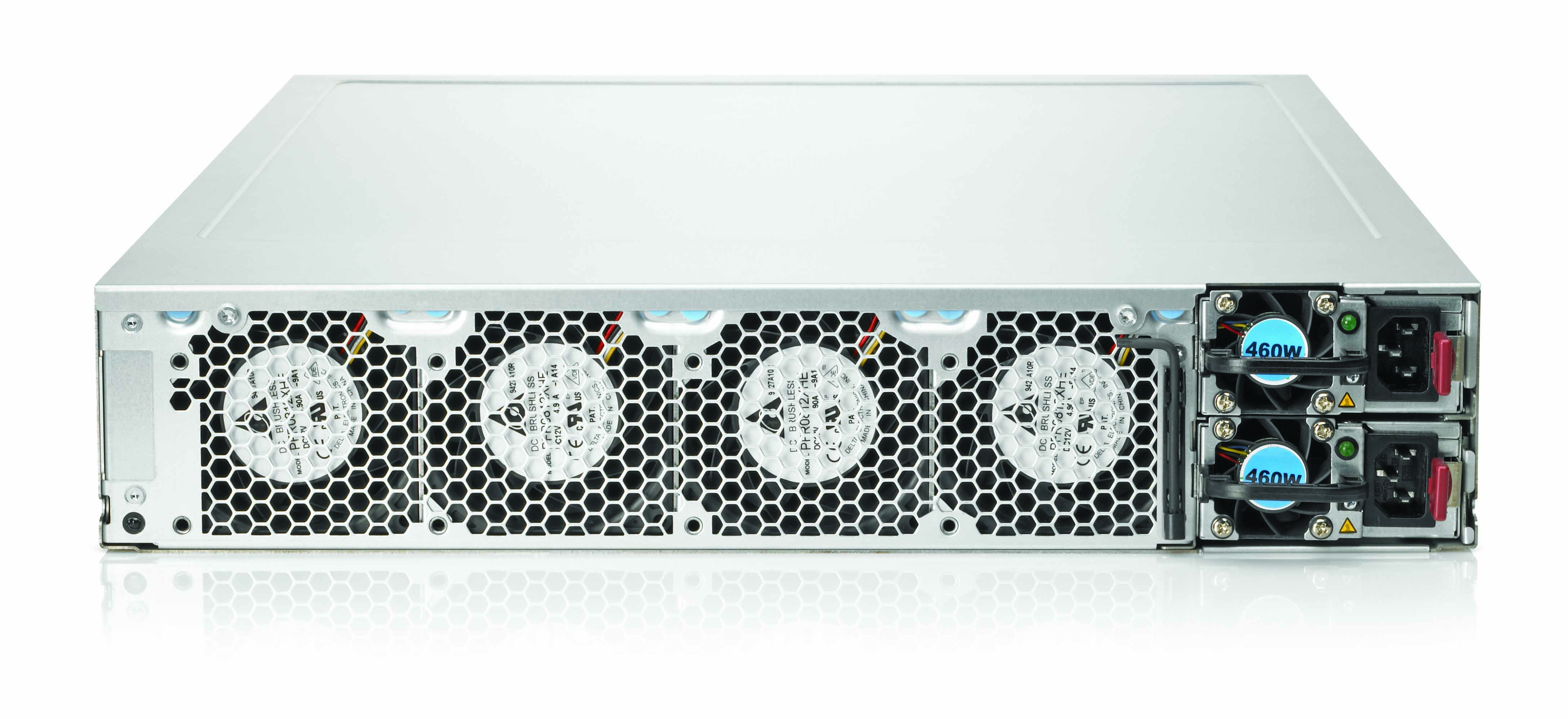
HP ProLiant SL2x170z G6
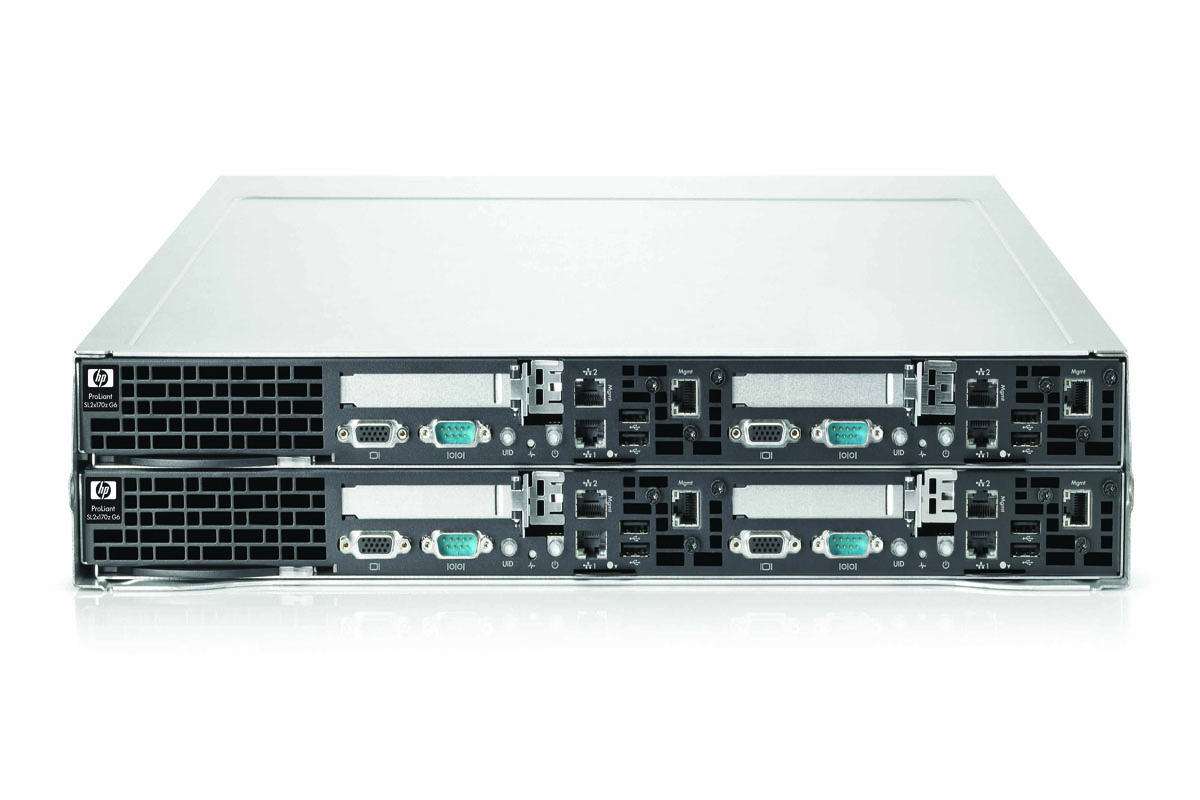
HP ProLiant SL2x170z G6
The latest SL6000 Scaleable Server family represents an interesting move by HP as these new rack servers are far removed from the products we're used to seeing in its ProLiant family. With these multi-node servers, HP has focused on the three key areas of cost, power efficiency and flexibility.
In this exclusive review we take a closer look at the top of the range ProLiant SL2x170z G6. It provides two hot-swap trays in its 2U chassis with each tray kitted out with a pair of Xeon 5500 DP motherboards. Each server node shares a common socket at the back of the tray for power.
By sharing power, the SL2x170z aims to reduce consumption significantly and with four servers per 2U of rack height it can squeeze up to 672 Xeon cores into a standard 42U cabinet. At the front of each tray you have a serial port, monitor and pair of USB ports for each server along with two Gigabit connections as well.
There's nothing much to see at the back as the trays link up to a power backplane behind which is a bank of four powerful cooling fans. The review system came with a single 750W supply and there's room for another for full power redundancy.
Each tray is easily removable and held in place with a single release catch. Slipping one out shows that the two motherboards are arranged side by side and both cabled through at the back to a small power distribution board at the side.
Space may be at a premium but each node offers a good specification and a fair choice of options. Each node came with a single 2.26GHz L5520 Xeon partnered by 6GB of DDR3 UDIMM memory. The processor is fitted with a passive copper heat sink and there's room for a second processor in front.
Sign up today and you will receive a free copy of our Future Focus 2025 report - the leading guidance on AI, cybersecurity and other IT challenges as per 700+ senior executives
Dave is an IT consultant and freelance journalist specialising in hands-on reviews of computer networking products covering all market sectors from small businesses to enterprises. Founder of Binary Testing Ltd – the UK’s premier independent network testing laboratory - Dave has over 45 years of experience in the IT industry.
Dave has produced many thousands of in-depth business networking product reviews from his lab which have been reproduced globally. Writing for ITPro and its sister title, PC Pro, he covers all areas of business IT infrastructure, including servers, storage, network security, data protection, cloud, infrastructure and services.
-
 HackerOne eyes enterprise growth with double C-suite appointment
HackerOne eyes enterprise growth with double C-suite appointmentNews Seasoned industry executives Stephanie Furfaro and Stacy Leidwinger have joined the cyber security vendor’s executive team
By Daniel Todd Published
-
 Trump's AI executive order could leave US in a 'regulatory vacuum'
Trump's AI executive order could leave US in a 'regulatory vacuum'News Citing a "patchwork of 50 different regulatory regimes" and "ideological bias", President Trump wants rules to be set at a federal level
By Emma Woollacott Published
-
 Microsoft Excel is still alive and kicking at 40 – and it's surging in popularity as 82% of finance professionals report ‘emotional attachment’ to the spreadsheet software
Microsoft Excel is still alive and kicking at 40 – and it's surging in popularity as 82% of finance professionals report ‘emotional attachment’ to the spreadsheet softwareNews A recent survey found Gen Z and Millennial finance professionals have a strong “emotional attachment” to Microsoft Excel
By Emma Woollacott Published
